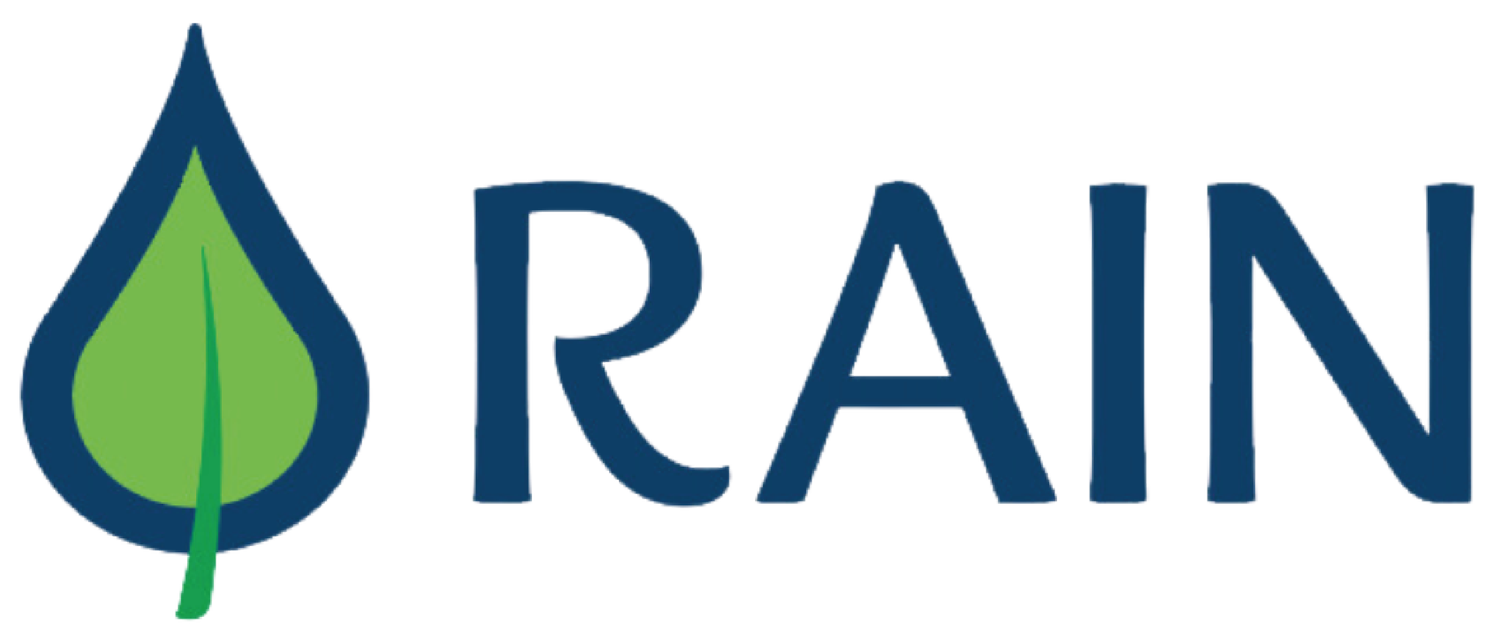Direct seeding pilot launched!
The Cerrado is a global biodiversity hotspot
The Cerrado is the most endangered biome you’ve never heard of. It’s a wild place, a kind of rich savanna, a mosaic of smaller microclimates yet covering 25% of Brazil’s landmass. It’s one of the most biodiverse ecosystems on the planet, supporting thousands of species, many of them endemic. Every year more is lost to agricultural expansion of large-scale monocultures, especially to soy which is sent abroad to feed to animals for the meat industry. Urban growth and forest fires claim yet more land. Almost half of the Cerrado has been destroyed in just the last ten years, with the rate of annual loss twice that of the Amazon.
Bringing the Cerrado back to life with direct seeding
RAIN has been working with Brazilian ecologists to develop and implement a revolutionary method of recovering the Cerrado. It is called direct seeding, and is a way of ‘fast forwarding’ the natural regeneration process. We take large quantities of seeds and sow them directly on the bare earth, just before the rainy season.
Collecting seed to regenerate
A broad range of seeds is chosen in conversation with our partners and ecologists. Some are good for medicine, others for food, to support bat populations, others are locally extinct. With direct seeding, islands of biodiversity are created, and can be linked together to form green corridors of life.
We are working with experienced agroecologists Daniel and Carol, who will be experimenting with this technique in situations where it has been little studied. In this way, RAIN is adding to the research developed by our partner.
The Cerrado Seeds Network
The pioneers of direct seeding in Brazil and authors of the Guide are providing the seed for our pilot from their network of hundreds of rural collectors. This fantastic organisation is playing a vital role in slowing the destruction of the Cerrado, educating and networking to providing the means to restore it, hectare by hectare and community by community.
We intend to scale up and replicate next year in at least three more sites, and work with the network to help nature redistribute itself across abandoned soy farms. By combining direct seeding and agroforestry techniques, we can ensure the land has economic viability for the communities that rely on it, as well as plenty of food for the bats, the birds and the bees.







